ZIMBABWE is set to produce huge tonnes of coal in the near future driven by the ambitious production targets set by two new miners, Zambezi Gas and Liberation Mining, in a move expected to guarantee a steady supply of electricity and generate foreign currency for the country.
The coal industry has previously been dominated by the 119-year old miner, Hwange Colliery Company Limited, but due to various challenges caused by obsolete equipment and lack of capital of up to US$500 million, the firm is struggling to return to yesteryear glories.
This has opened an opportunity for other players who include Makomo Resources – currently the biggest coal miner – and upcoming firms such as Zambezi Gas and Liberation Mining.
Zambezi Gas, which is owned by locals, some of whom have operations in the Diaspora, started in 2003 but full operations commenced in March last year.
It's mine is in Sinamatela, Hwange.
Last week, shareholder and deputy managing director Mr Linos Masimura said they started by producing 30 000 tonnes per month last year.
It has since increased the output to 50 000 tonnes per month.
"Now, we have started a third ramp where we are taking production to 250 000 tonnes a month by January (next year)," said Mr Masimura.
Zambezi Gas sells 50 percent of its coal to the Zimbabwe Power Company (ZPC), the electricity generation arm of Zesa Holdings.
ZPC requires about 250 000 tonnes of coal per month to ensure uninterrupted power generation at its four thermal power stations – Hwange, Munyati, Harare and Bulawayo.
It buys the coal at US$26,50 per tonne.
But Mr Masimura said to guarantee continued coal mining, ZPC should endeavour to pay within the month that deliveries are made.
"If we look at the price that Hwange and Makomo are paid, it's the same as us. This is despite the fact that we don't have any rebates from Government but we are ready to supply. But all we ask for, they should pay us so that we are able to produce the next tonne of coal," said Mr Masimura.
The Liberation story
Liberation Mining, a firm set up by locals which is now in a joint venture arrangement with VostokCoal of Russia, has already invested US$22 million in the project since 2010.
The money has gone into exploration (US$12 million) and operations (US$10 million). By end of year, the company intends to invest a further US$39 million while US$200 million will be invested over the next five years.
In total, the project will require US$500 million. Liberation Mining has so far explored 11 000 hectares out of the 16 545 hectare resource.
It's resource statement gives them 1,2 billion tonnes of coal.
Liberation Mining's director technical services, Engineer Peter Mutsinya, said they started mining development in September after obtaining a licence from the Environmental Management Authority (EMA).
"Since September, we have done trial mining and we have opened up to 2 million tonnes (of coal) and it is ready for mining. We have stripped the overburden (waste).
"We have done trial processing (and) we put up a plant for 100 000 tonnes per hour. We completed the pilot processing end of last month," said Eng Mutsinye.
The company is able to supply different consumers, including industry, tobacco farmers, ZPC and Zisco, among others.
Samples have also been sent to South Africa and there are plans to start supplying that market, given that most miners there are also focusing on exports.
Liberation Mining plans to produce 1,5 million tonnes, run-of-mine, by end of this year.
Ambitious targets have also been set for next year (4 million tonnes), 7 million tonnes in 2020 and 15 million in 2022.
Exports under threat
The country has about 14 billion tonnes of known coal reserves.
This means there is scope to boost exports and potentially generate millions of dollars in foreign currency.
But there are fears that the high costs of transportation might affect exports.
The National Railways of Zimbabwe (NRZ) is charging USc5 per kilometre, per tonne. However, Eng Mutsinya said the charges are too high.
"If I am talking about the tonnage, we want to produce and generate foreign currency for the country, it is difficult to do so at the current costs.
"Unless we do something about NRZ as a nation, or as Parliament, this nation is not going to benefit from coal. An incisive decision has to be made," said Eng Mutsinya.
Liberation Mining has been promised a cost of USc3 per kilometre, per tonne, by Transnet of South Africa.
Eng Mutsinya said the Transnet cost is viable. Liberation Mining had also proposed to give NRZ some locomotives and wagons, and to rebuild the railway line. They argue that NRZ was "not forthcoming".
NRZ is a key economic enabler, as it literally moves the nation by carrying cargo from the manufacturing, agriculture and mining sectors.
The company has already gotten an investor, the Diaspora Infrastructure Development Group (DIDG) and Transnet of South Africa, which won the tender to pump US$400 million into the business. DIDG/ Transnet have already delivered seven locomotives and 151 wagons.
- zimpapers
 OK Zimbabwe posts US$17,8 million loss
OK Zimbabwe posts US$17,8 million loss  Hichilema meets Chivayo
Hichilema meets Chivayo  Millions celebrate Diwali festival in India
Millions celebrate Diwali festival in India  Econet Zimbabwe to delist from ZSE
Econet Zimbabwe to delist from ZSE  Gold edges up as traders await guidance
Gold edges up as traders await guidance  Mnangagwa fires Chitando, appoints Polite Kambamura
Mnangagwa fires Chitando, appoints Polite Kambamura  Young Investment Professional (YIP) Graduate Programme 2019
Young Investment Professional (YIP) Graduate Programme 2019 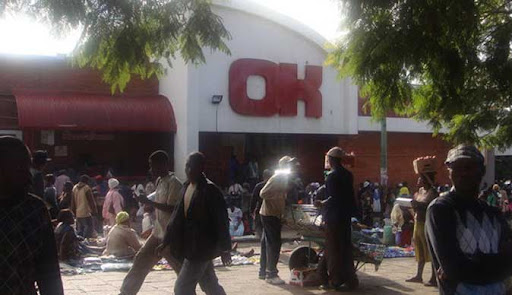
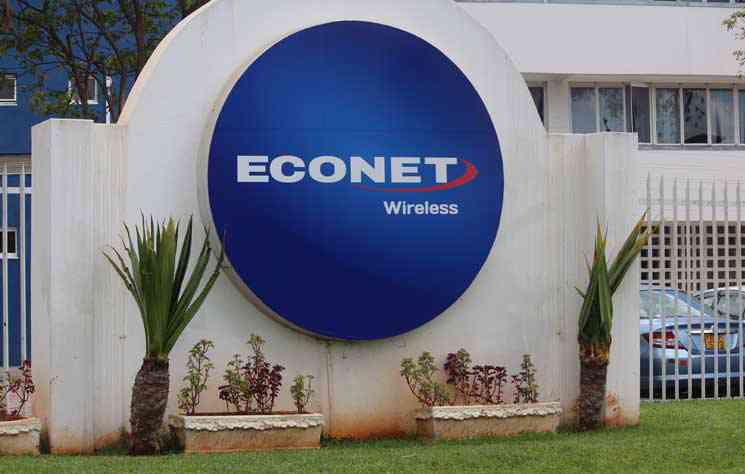
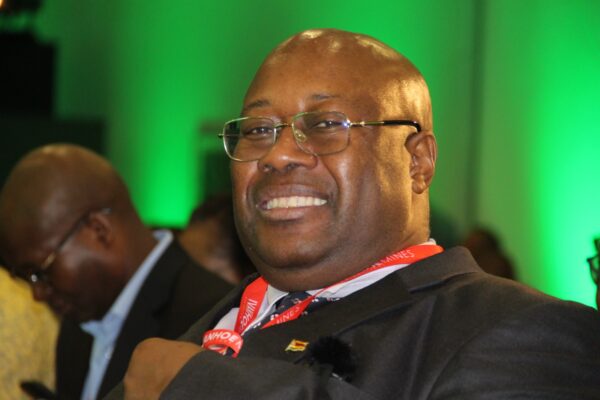
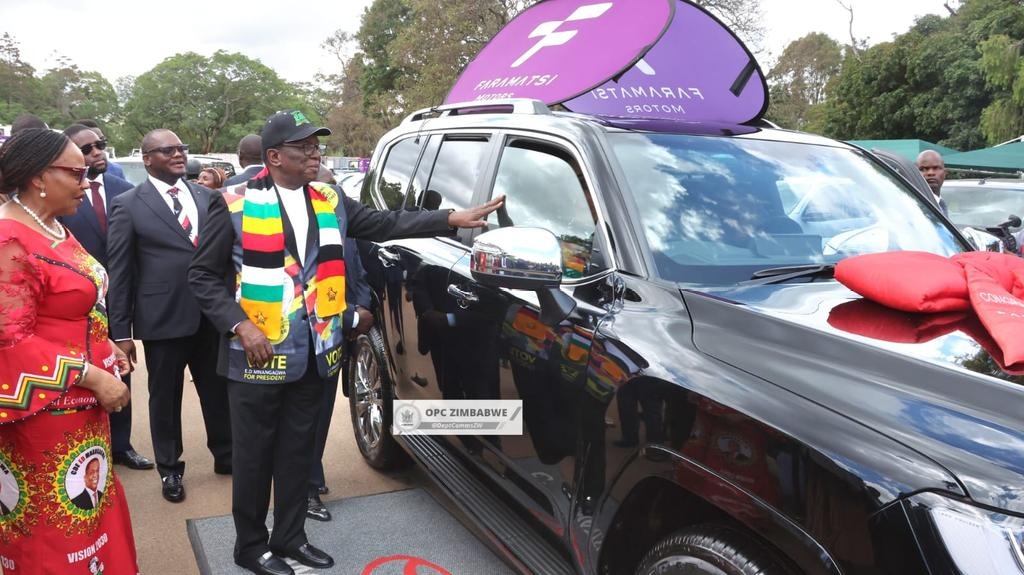
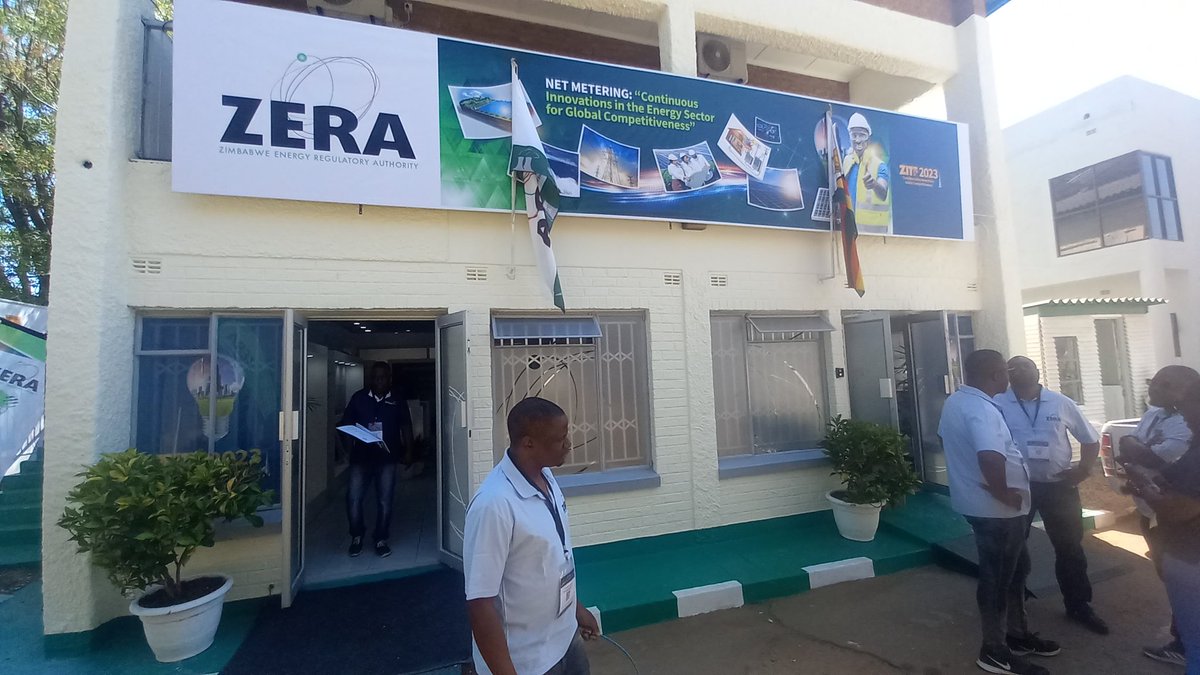
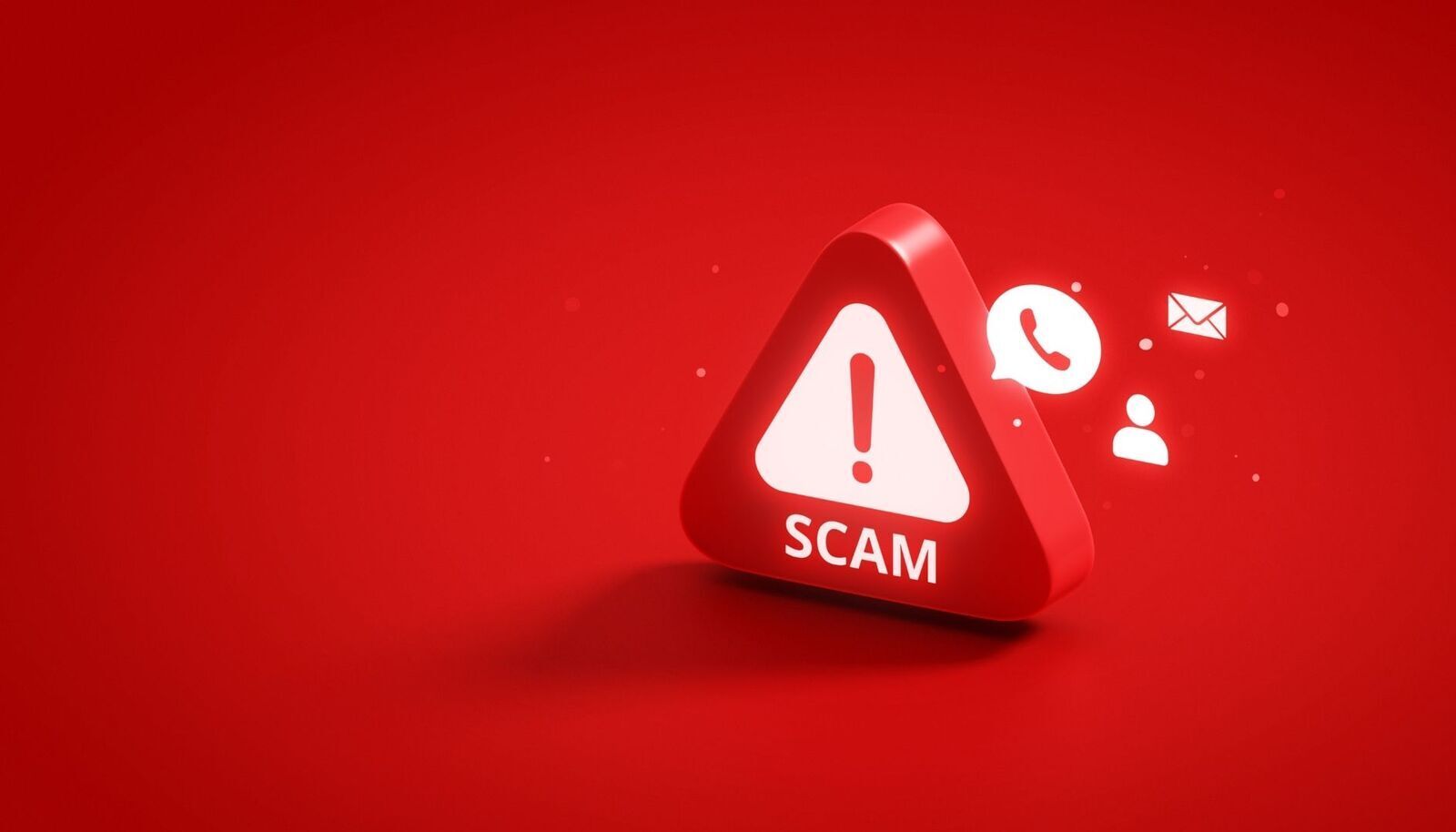
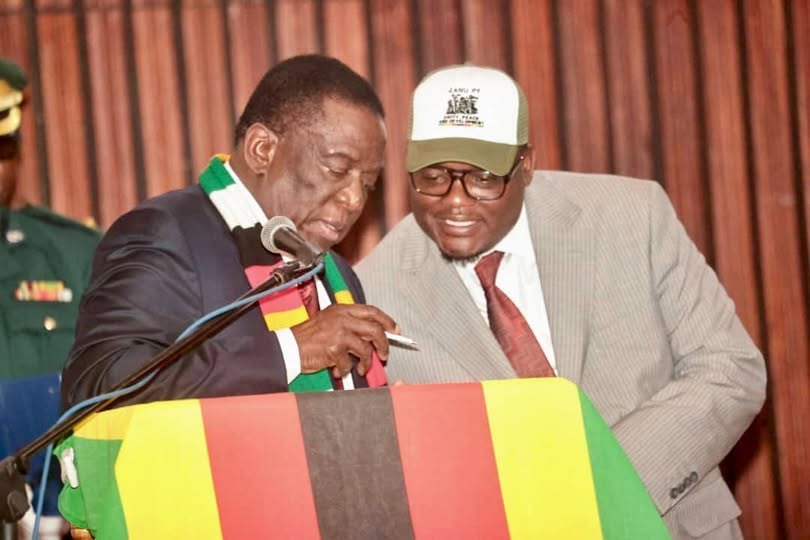
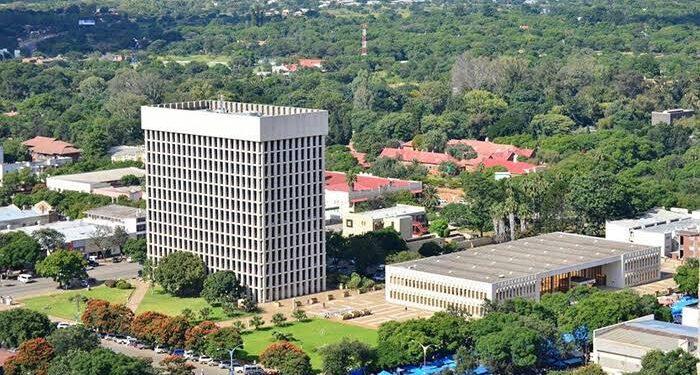
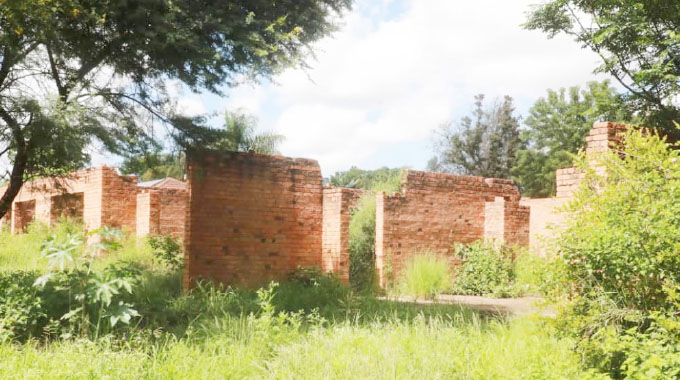
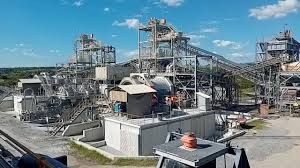

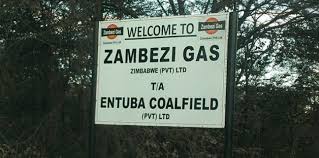
 Young Investment Professional (YIP) Graduate Programme 2019
Young Investment Professional (YIP) Graduate Programme 2019
Editor's Pick